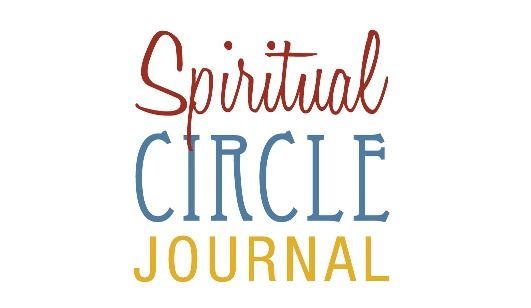Finally, a phonics program that works!
In a nutshell, this is how I feel about Jolly Phonics. It is truly everything I've wanted and searched for in a phonics curriculum. When I was chosen to review Jolly Phonics and Jolly Grammar by
jollyliteracy.com, I was super excited. When I received the materials, I was even more excited! Here are the things I love about Jolly Phonics.
IT'S SIMPLE. That may sound like a lazy requirement for a phonics program, but I am seriously worn out from complicated teacher's manuals and trying to gather tons of materials for the hands-on activities that accompany them. Jolly Phonics has a very simple process, and you don't need anything other than the Teacher's Manual, Student Workbook, and pencils.
IT'S QUICK. Another requirement for my short-attention spanned son is short lessons. He can sit and work on phonics for about ten minutes before he gets frustrated and wiggly. It takes about ten minutes to complete each lesson a day, with about five minutes of review.
IT WORKS. Silas has learned and retained more using Jolly Phonics than he has any other phonics program. He actually enjoys completing the lessons each day, and he is able to sound out and read many three and four letters words already.
What did we receive?
We received the Jolly Phonics Teacher's Book in print letters, Jolly Phonics Student Books 1, 2, and 3, the Jolly Grammar Teacher's Book 1 in print letters, Jolly Grammar Student Book 1, and Jolly Songs in print letters.

The Teacher's Book is so easy to use! At the beginning of the Teacher's Book, there are pages that talk about learning the letter sounds and formations, reading and blending, identifying sounds in words, and learning tricky words. These pages were helpful to me, as teaching reading isn't my forte! The next section is the Daily Guidance - the lesson plans for each lesson. The sections in each lesson are story, action, formation, blending, sounding, and further ideas. There is a small picture of the student page, which I really like.
Silas is not yet reading, so we started at the very beginning of the program, with Student Book 1. We haven't yet finished Book 1, so this review reflects that. After Student Book 1, the student will know all 42 basic sounds and will be reading!
How do we use Jolly Phonics?
Silas and I use Jolly Phonics every day. We complete four lessons per week, with one day reserved for reviewing the letters, sounds, and words learned that week. Here is how we do each lesson:
First, we review all the sounds we have learned so far. I usually let him roll the Can Do Cubes {a supplement to the program, review coming in a few days} and make the sound of the letter.
Next, I introduce the new sound we are going to learn by showing him the cube and making the correct sound.
We then open the Student Workbook to the correct page. He practices writing the sound for the day and saying the sound each time he writes it. The next row of letters are review, and he writes them and gives me the sound they make. He also colors the little pictures at the top of the page.
I read the story in the Teacher's Manual that incorporates the sound in many different words. I ask him if he remembers any words from the story that start with the correct sound. Sometimes he can, and sometimes he can't, but I don't make it a big deal.
I then point to the list of words in the box in the Student Workbook. Silas sounds them out and reads them as well as he can. Next, he crosses out the picture that doesn't have the correct sound in it. He does really well with this part.
He has a spiral notebook that we use for the dictation portion of the lesson. I write the numbers 1-4 on the page, and give him a word. He has to segment the word, spell the word, and write the word. He does well on some words, and he struggles with some words. I really like this part of the lesson.
Lastly, I make words from the Word Bank in the Teacher's Manual with the Can-Do Cubes for Silas to read. When he reads a word correctly, he gets a sticker to put on his notebook. He loves this part, and I usually make 5-10 words for him to read.
Whew, when writing everything we do it seems like a long lesson! In actuality, it takes us about fifteen minutes to do all of this.
Will we continue with Jolly Phonics?
Yes! I am going to finish the entire Jolly Phonics and Grammar program. The simplicity and effectiveness of this program is just what I have been looking for. I highly recommend it for any child just learning his letters and sounds.
Check out
jollyliteracy.com and just2ducks LLC on
Facebook and
Pinterest.










































